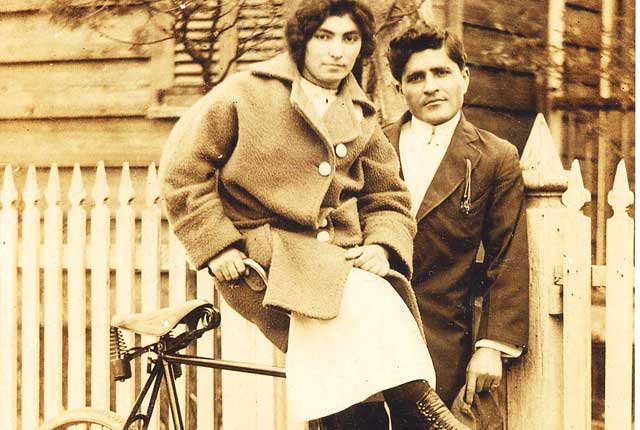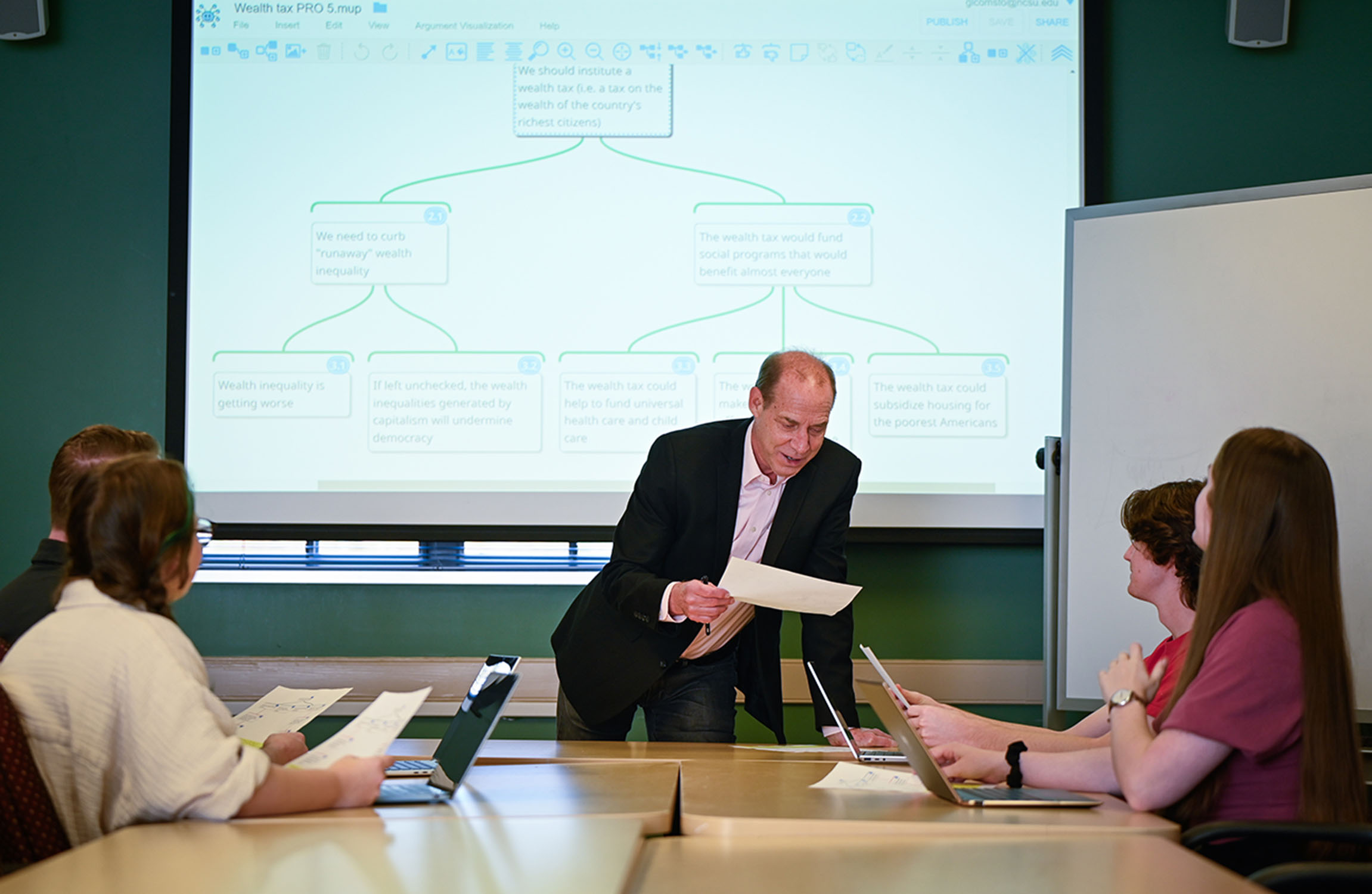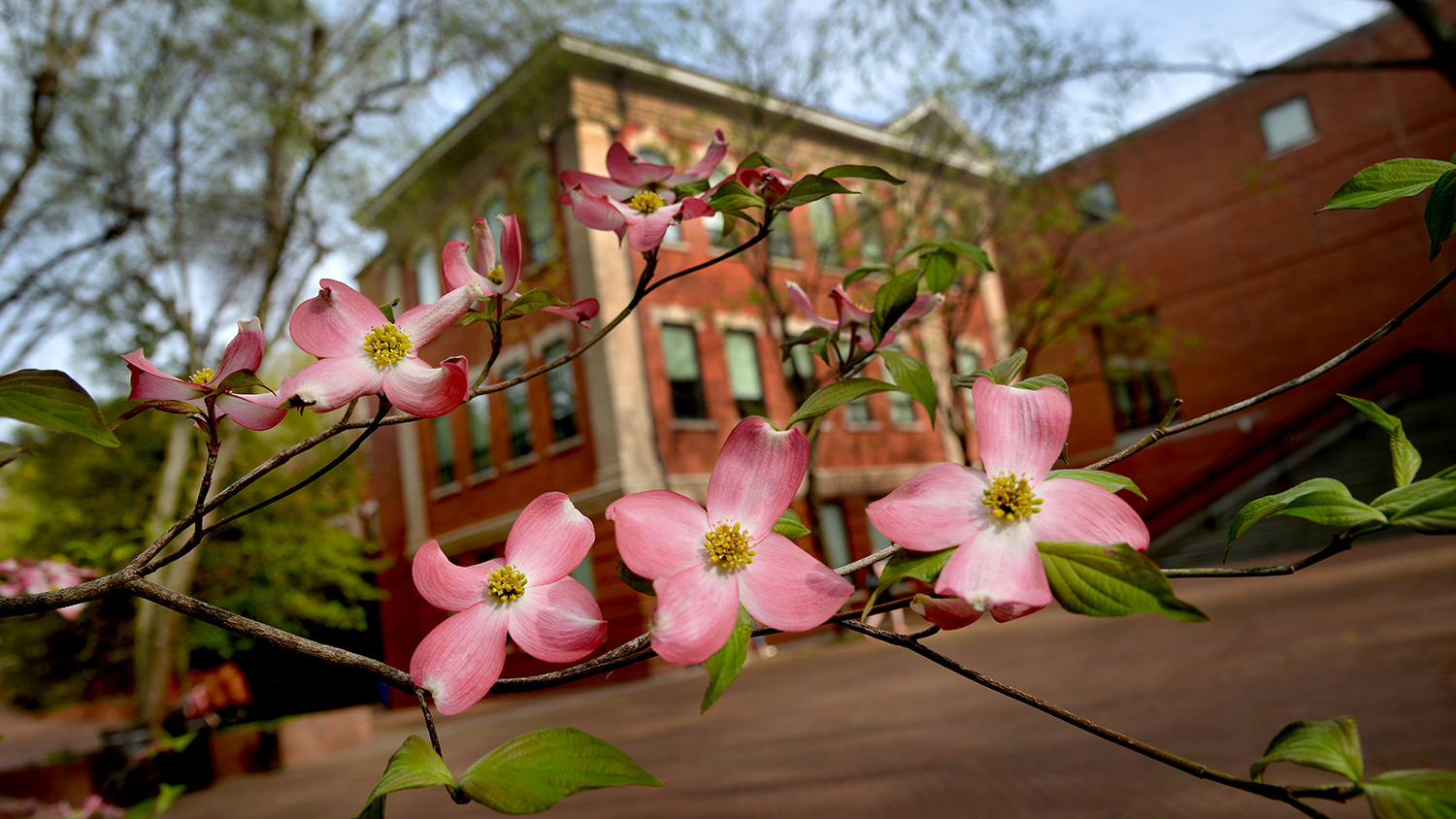Cedars in the Pines: The Lebanese of North Carolina


History is the essence of innumerable biographies, wrote historian Thomas Carlyle. An NC State historian is taking this notion to heart as he spearheads a multifaceted project to piece together the rich history of Lebanese-Americans who call North Carolina home.
NC State Professor of History Akram Khater, Director of Middle East Studies, is directing the Khayrallah Program for Lebanese-American Studies to research, document, preserve, and publicize the history of the Lebanese-American community in North Carolina from the 1890s through the present.
Cedars in the Pines, a documentary film produced with the help of the English Department’s Language and Life Program, represents the first phase of the project. The one-hour film premiered March 28, 2012, at the NC Museum of History in downtown Raleigh.
“This film is about an integral part of North Carolina history that has been hitherto unknown to many North Carolinians,” says Khater. “We collected letters, photos, and books, and conducted numerous interviews with first, second and third generation North Carolinians of Lebanese descent.
“The stories they tell are not just about a particular ethnic community – the Lebanese in this case – but they also narrate North Carolina as a multicultural space, culturally and economically enriched by immigrants.”
Khater hopes that this film will remind viewers that Arab immigrants are not a new phenomenon but rather they have been here all along.
“It is our hope that after seeing this film, the public will come to realize that Arabs have been a part of this state long before 9/11 and they have a positive role in its life,” says Khater. “In other words, they are not the menacing ‘other’ as they have been repeatedly portrayed in the media.”
Cedars in the Pines represents the first in a series of cultural projects undertaken by the Khayrallah Program for Lebanese-American Studies. “We are planning a museum exhibit that will tour North Carolina and an online archive that will house our growing digital collection of stories, photos, film, and objects,” explains Khater. A resource book for K-12 history teachers is also in the works.
By Lauren Williams, CHASS communication intern


